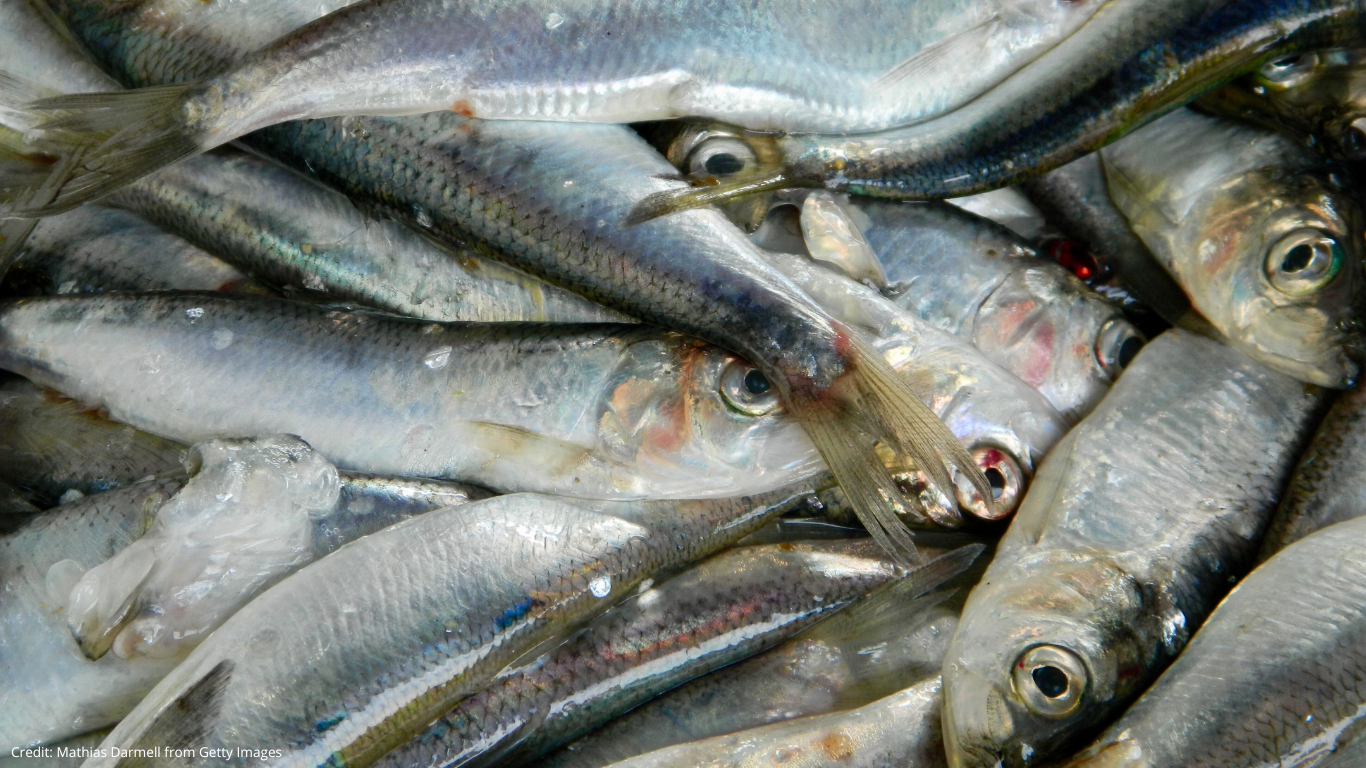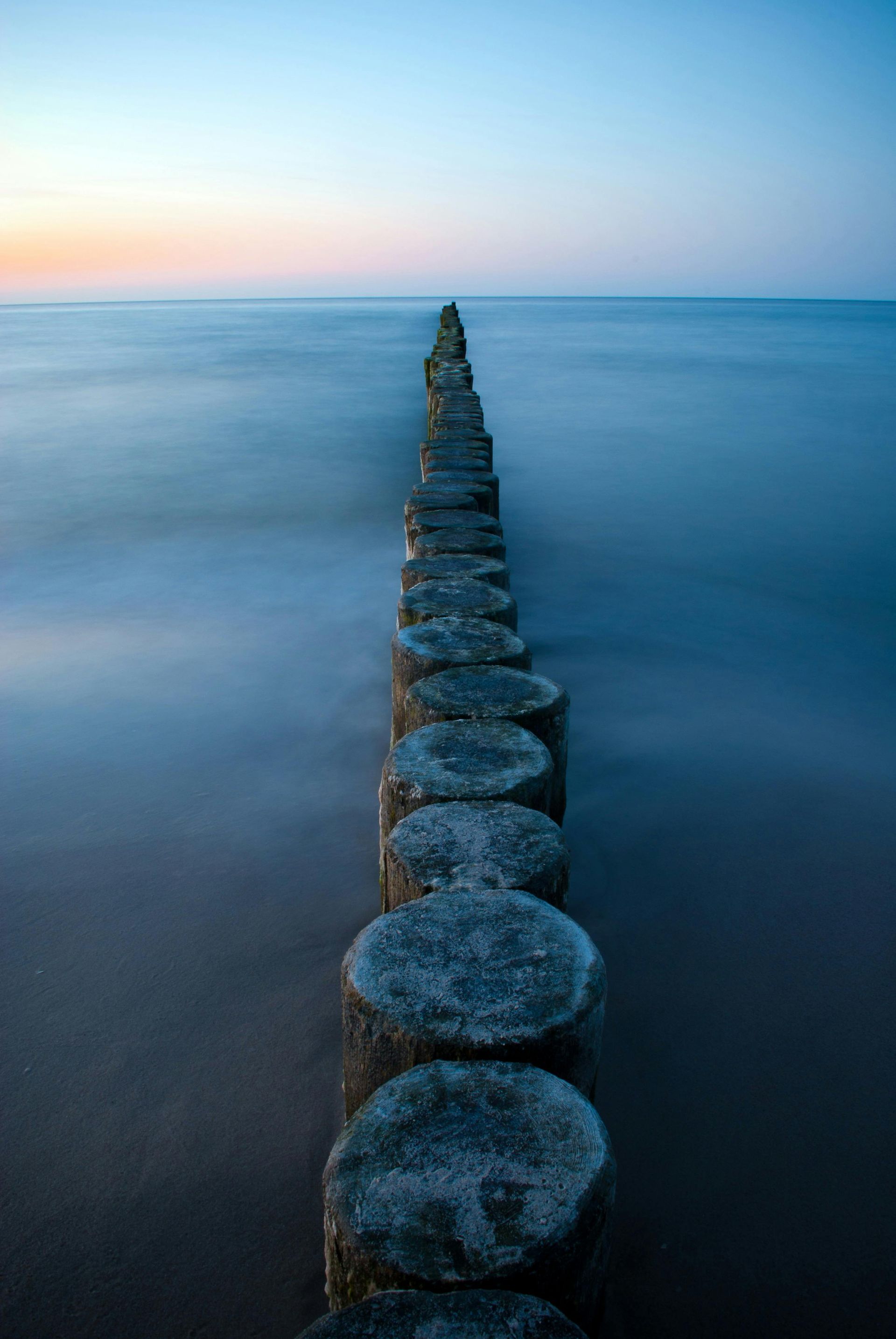Short-sighted decision by EU fisheries ministers pushes Baltic Sea ecosystem closer to collapse

22 October 2024 - The Agriculture and Fisheries Council decided today on Baltic Sea fishing opportunities for 2025.
In a move that has sparked great concern among marine organisations (1), EU fisheries ministers have yet again ignored the limits (2) of the ecosystem and exceeded scientific recommendations on some of the Baltic Total Allowable Catches (TACs). Despite clear evidence that Baltic Sea ecosystem is under severe stress (3), as well as legal obligations to restore fish populations to healthy levels under the Common Fisheries Policy (4) and the Baltic Multiannual Plan (5), a short-sighted agreement which prioritises interim political gains over long-term sustainability will put vulnerable stocks such as cod, herring and sprat at further risk.
Today's agreement is likely to contribute to further degradation of this fragile ecosystem and hasten biodiversity decline.
Ministers have increased the TAC for central Baltic herring by over 100%, basing this decision on an increase in the fish population caused mainly by reduced fishing pressure over the most recent years. However, scientific assessments indicate that the central Baltic herring population remains below a healthy level. Moreover, the scientific projections of the stock growth rely on uncertain data (6) and simplification of complex ecosystem processes, with new research showing that stock assessment estimates and recovery trajectories for overfished species tend to be overly optimistic (7). Central herring therefore urgently needs effective rebuilding measures which go beyond the agreed spawning closures.
Cathrine Pedersen Schirmer, Senior Policy Advisor for FishSec highlights:
“To rebuild the herring population, we urgently need more precautionary fishing limits, combined with other appropriate remedial measures. This is crucial not just for biodiversity, but also for the recovery of other species, such as cod and salmon, and ultimately for the Baltic fishing sector. Today's decision goes in the opposite direction.”
The TAC for sprat has been set at a lower level than last year; however, with the sprat population already in decline for years, more efforts were expected to preserve this fish population. Sprat and central Baltic herring are often caught together by large-scale industrial fisheries, and a lack of sufficient monitoring makes it difficult to accurately assess how much of each species is being caught. As a result, this sprat quota also directly impacts the struggling central herring population. Herring and sprat are a fundamental part of the Baltic Sea food web - they are a vital source of food for key predators such as cod, salmon, harbour porpoise and seabirds - and their continued overfishing will have cascading effects across the entire ecosystem. In addition, a great majority of these catches will not even be destined for human consumption but will instead be processed into fishmeal to feed salmon in aquaculture and pigs in land-based farming.
On a more positive note, NGOs welcome the decision to keep a low quota for plaice, as increasing this quota was likely to result in a higher bycatch of Baltic cod.
However, to increase chances of cod recovery, additional management measures are needed, including trawl-free zones in essential cod habitats and the introduction of remote electronic monitoring (8).
Key fish species are already on the brink of collapse, with populations at historically low levels. Scientific experts from the International Council for the Exploration of the Sea (ICES) advised ministers to set zero TACs for critically depleted stocks (9) like eastern cod and western herring. EU ministers chose to disregard this advice, opting to keep by-catch quotas for western herring and both Baltic cod stocks.
Remi Cossetti, Marine Policy Officer at Seas At Risk, expresses deep concern over the agreed Baltic fishing opportunities:
”Despite the strong message sent recently by the European Parliament backing safeguards for declining species (10), fisheries ministers have once again set fishing quotas that overlook the essential needs of the Baltic Sea ecosystem (11). This irresponsible decision will exacerbate ecosystem decline and threaten the livelihoods of fishers and coastal communities. Such decision-making, which neglects our environmental responsibilities, is profoundly short-sighted in an era already marked by environmental crises.”
Justyna Zajchowska, Fisheries Lead at WWF Baltic Sea Programme, stresses:
“Today's decision on the Baltic Sea sprat catch limit is very disappointing. We had hoped that EU fisheries ministers would recognise the role that pelagic fish populations such as sprat play as prey for the many predatory species that inhabit the Baltic Sea, such as depleted cod stocks, and that they would therefore take prudent decisions. In the meantime, the fishing limit set for sprat is too high to recover the balance of the ecosystem while ensuring the long-term prosperity of fishers.”
Andrea Cervantes, Biodiversity Officer at Coalition Clean Baltic, underscores the disconnect between biodiversity goals and new quotas:
"While the EU arrived with big promises at the Convention on Biological Diversity at the COP16 happening right now, fisheries ministers are further pushing biodiversity outside their door to the brink of collapse. Despite the global agreement on biodiversity (12) reached in Montreal last year, which set targets for the sustainable use of biodiversity, current fisheries management continues to fail in translating these ambitions into effective actions. It is impossible to address biodiversity loss and the increasing pressures of climate change on Baltic Sea fish populations while simultaneously pushing the ecosystem’s resources to their limits. Applying a precautionary buffer is a climate and environmental responsibility that cannot be ignored when setting fishing quotas for 2025."
Isabel Seeger, Policy Advisor for Fisheries and Marine Conservation at Deutsche Umwelthilfe, warns for what the TACs mean for the Baltic Sea ecosystem and the fishing industry:
“By putting short-term economic interests first, EU fisheries ministers have once again taken risks in setting fishing quotas, doing both the ecosystem and the fisheries a disservice. The victims of this chronic mismanagement are the fishers, as many fish populations are now only a fraction of what they once were. The state of western herring and cod, the traditional key species of German Baltic Sea fisheries, remains catastrophic. Without fish, there is no fishing - but a rethink of fisheries management centering ecosystem health is not yet in sight.”
-END
CONTACTS
● Sara Tironi, Senior Communications Officer, Seas At Risk, stironi@seas-at-risk.org +32
483 457 483
● Cathrine Pedersen Schirmer, Senior Fisheries Policy Officer, FishSec, Cathrine@fishsec.org
● Isabel Seeger, Policy Advisor Fisheries and Marine Conservation, Deutsche Umwelthilfe, seeger@duh.de, +49 170 7057673
● Andrea Cervantes, Biodiversity Officer, Coalition Clean Baltic, andrea.cervantes@ccb.se
● Justyna Zajchowska, Fisheries Lead, WWF Baltic Sea Programme, jzajchowska@wwf.pl
NOTES TO EDITORS
(1) - Seas At Risk, FishSec, Coalition Clean Baltic, WWF Baltic Sea Programme, Deutsche
Umwelthilfe and Suomen Luonnonsuojeluliitto (Finnish Association for Nature Conservation).
(2) - EU Fisheries Ministers’ decision for 2025 Fishing opportunities:
Baltic Sea: Council agrees on catch limits for 2025 - Consilium.
(3) - The Baltic Sea is not in a good environmental status. HELCOM (2023): State of the Baltic Sea. Third HELCOM holistic assessment 2016-2021. Baltic Sea Environment Proceedings n°194. According to WWF’s report on biodiversity loss, the western cod population decreased by 77% between 2000 and 2023. WWF-Living-Planet-Report-2024-Kurzfassung-dt.pdf. Moreover, climate change also impacts marine species. According to Copernicus Marine Service, heatwaves in the Baltic are increasing in frequency and intensity. https://sp.copernicus.org/articles/4-osr8/16/2024/
(4) - Common Fisheries Policy (Article 2.2) ”The CFP shall apply the precautionary approach to fisheries management, and shall aim to ensure that exploitation of living marine biological resources restores and maintains populations of harvested species above levels which can produce the maximum sustainable yield. In order to reach the objective of progressively restoring and maintaining populations of fish stocks above biomass levels capable of producing maximum sustainable yield, the maximum sustainable yield exploitation rate shall be achieved by 2015 where possible and, on a progressive, incremental basis at the latest by 2020 for all stocks.” REGULATION (EU) No 1380/2013 OF THE EUROPEAN PARLIAMENT AND OF THE COUNCIL of 11 December 2013 on the Common Fisheries Policy, amending Council Regulations (EC) No 1954/2003 and (EC) No 1224/2009 and repealing Council Regulations (EC) No 2371/2.
(5) - Multiannual Plans (MAPs) are the main EU fisheries management tools under the Common Fisheries Policy: Regulation (EU) 2016/1139 of the European Parliament and of the Council of 6 July 2016 establishing a multiannual plan for the stocks of cod, herring and sprat in the Baltic Sea and the fisheries exploiting those stocks, amending Council Regulation (EC) No 2187/2005 and repealing Council Regulation (EC) No 1098/2007
(6) - Advice by the International Council for the Exploration of the Sea on the central Baltic herring.
(7) - A recent study has shown that several projections in fisheries management have been overly optimistic: Graham et al. (2024) “Stock assessment models overstate sustainability of the world’s fisheries” Science https://www.science.org/doi/10.1126/science.adl6282
(8) - Remote electronic monitoring:
https://www.efca.europa.eu/en/content/remote-electronic-monitoring-rem
(9) - The advice by the International Council for the Exploration of the Sea for 2025 Baltic fishing opportunities:
https://www.ices.dk/advice/pages/latest-advice.aspx
(10) - The Baltic Multiannual Plan (MAP) requires setting fishing limits in accordance with ecosystem-based approach to fisheries management for some key species to ensure that negative impacts of fishing activities on the marine ecosystem are minimised:https://eur-lex.europa.eu/legal-content/en/TXT/?uri=CELEX:32016R1139. In September 2024, the European Parliament sent a strong signal to fisheries ministers by refusing to consider a proposal that would have removed the critical safeguard in the Baltic Multiannual Plan. Last year, the fisheries ministers broke both environmental law and fishing regulations by setting TACs for herring in the Baltic Sea despite the risk of the population’s collapse:
Environmental organisations appeal to EU court to invalidate fishing quotas due to Baltic herring stocks collapse (ccb.se);
CURIA - Documents (europa.eu)
(11) - The scientific advice provided focuses primarily on individual fish species, without adequately considering the broader ecological context. As a result, the overall health and long term integrity of the Baltic Sea ecosystem have been overlooked. The responsibility for integrating these ecosystem needs into fishing quotas lies with fisheries ministers.
(12) - The
Kunming-Montreal Global Biodiversity Framework (GBF) was adopted last year (2023). The agreement sets targets to be achieved by 2030, where ensuring sustainable management and use of biodiversity for human activities is stated, including for Fisheries (Target 10).

